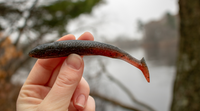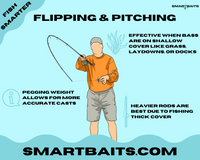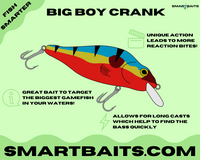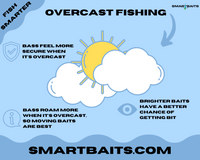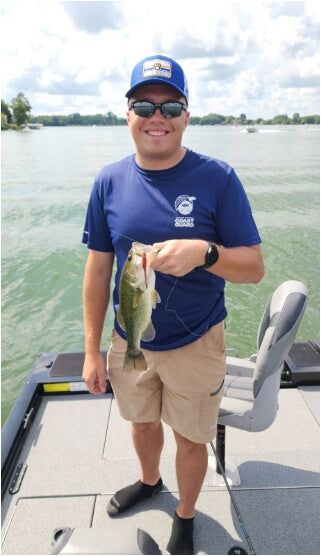Great Lakes Fishing: Smallmouth & Walleye Fishing Tips
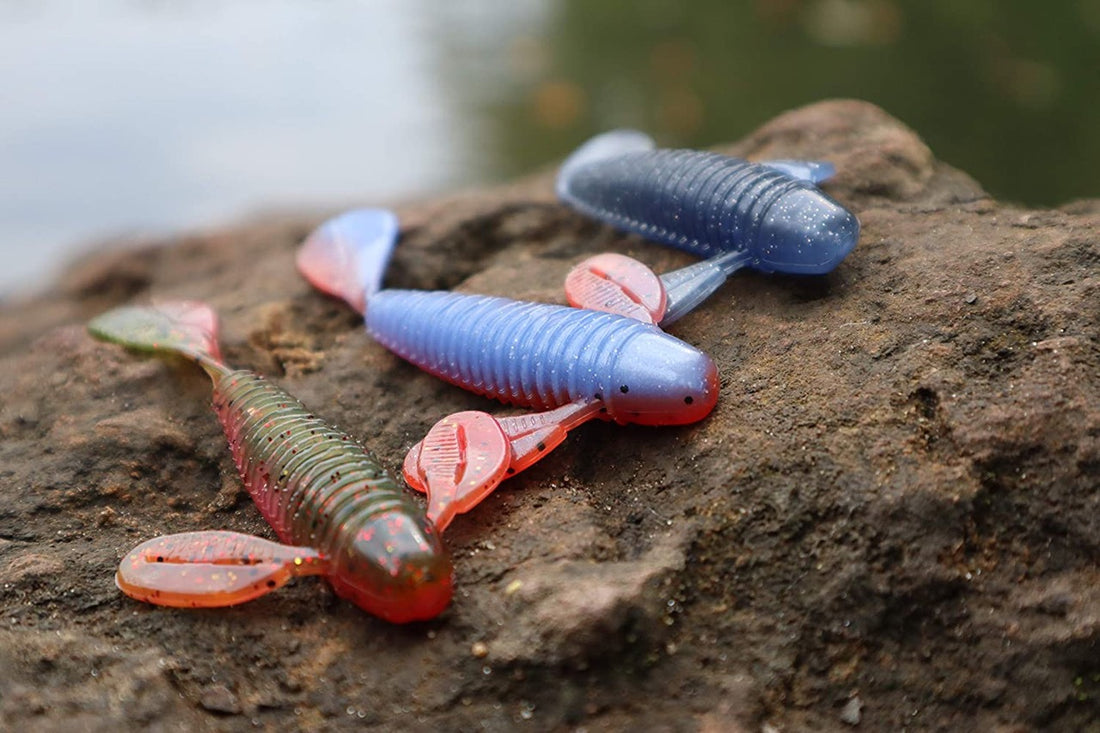
"One things is for sure... The Smartbaits Goby, gets wary Bronzebacks and Walleye in the boat!" -- Capt. Kingsley Grant
Since the introduction of the Round Goby in 1990 in St. Lawrence Great Lakes waterways, this invasive species has exploded in numbers. The Round Goby has also become the primary food source for Smallmouth Bass, Walleye, Pike and Muskie. What were average and smaller sized fish prior to 1990 are now some of the largest we have seen in decades. They are well fed and thanks to catch and release practices, in very good numbers throughout the Lake St. Clair waterway in particular.
As someone who was born and raised on the St. Lawrence River, I was able to directly see the impact of these new species on the fish size and populations.
Now the trick is to try and present the most natural looking offer to these gorging fish to get them into your boat!
Due to another invasive species, the Zebra Mussel, a few decades earlier, the once murky waters are now crystal clear and oftentimes you can see down almost 40 feet on a flat sunny day.
This clear water means that you cannot go out with a heavy, easily-seen leader, mono, or heavy braid and expect to hook into these smart, educated fish that have excellent eyesight.

This is the time to go stealth, using very light braid utilizing clear fluorocarbon leader material to outfox these fish that have been in school their entire lives.
Curious what equipment best suits the St. Lawrence and Great Lakes clear water and wary Smallmouth and Walleye that inhabit it?

The answer is a medium-light spinning rod and reel combo loaded with 10lb powerpro braid with a 4 to 6 foot, 6lb to 8lb fluorocarbon leader tied directly to the jig head and tied to the braid directly using a powerpro to mono knot like this.
The trick to finding the big fish is to fish the locations that food collects at. In the river, this will be at the head end and tops of shoals. Both deep and shallow water shoals will produce big fish.

Depths as shallow as 10 feet and as deep as 65, with 17-43 being the most productive near deep water along the channels and large flat areas, will be where the BIG smallmouth bass will be waiting to ambush baitfish as they are brought to them by the natural currents.
This method works so well even a kid can do it!
Walleye tend to sit on the outside edges and flats along the edge of the shoals where it meets the deep water during the day and move up on the shoals as the sun goes down and will typically be a bit deeper than the bass.
On the lakes, the wind-swept points and shoals will be your target areas again, concentrating on the point where the moving water hits the shoal or point first. You will always find the largest, more aggressive fish in these locations and the smaller, less aggressive fish on the back side of the shoals.
With the, “sled,” type jig head, you want to size the weight of the jig to be as light as you can use to keep the presentation close to straight up and down (when fishing in a boat) or to still easily feel the bottom but not sinking too fast if casting from shore.
To get the best presentation, make use of your trolling motor and point the boat into the current/wind. Turn the setting on to just enough power so that you do not move forward but are slipping backwards into the current. Just low enough so that you are moving with but not as fast as the natural wind or current.
Now drop your bait to the bottom and simply drag slowly with an odd, short twitch, letting it rest for a few seconds at a time. Always keeping constant contact (no slack in the line) with the jig so you can feel the distinctive thump as the fish picks the bait up off the bottom and be ready to set the hook. You should always be ready to get on the reel to pick up the slack as the best freshwater pound-for-pound fighting fish, the smallmouth bass, rockets to the top to try and jump and shake the hook from its mouth.
From shore, cast up wind and/or across the current and let the lure sink freely to the bottom then tighten up the line and slowly drag the lure in short 1 foot intervals with a stop of 3 to 5 seconds in between letting the lure “Swing” with the current if it wants to.
Walleye often take the bait a little softer than a smallmouth bass and will pull near the bottom but will fight the entire way up. So get yourself a few packs of the Smartbaits Goby, some sled-type jig heads in weights from ¼ oz to ¾ oz and setup your spinning rod. Head out and put some big smallmouth and maybe a few walleye into the boat on your next trip to the St. Lawrence River or the Great Lakes!

Embrace, Catch and Release,
Preserve our resource.
-- Captain King
Captain Kingsley Grant “King”
From KingSize Adventures in Victoria BC
https://fishoakbay.com
captain@fishoakbay.com
cell: 250-507-5500

